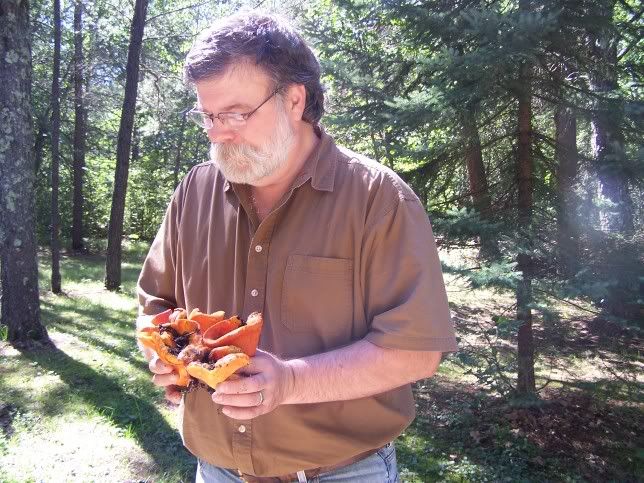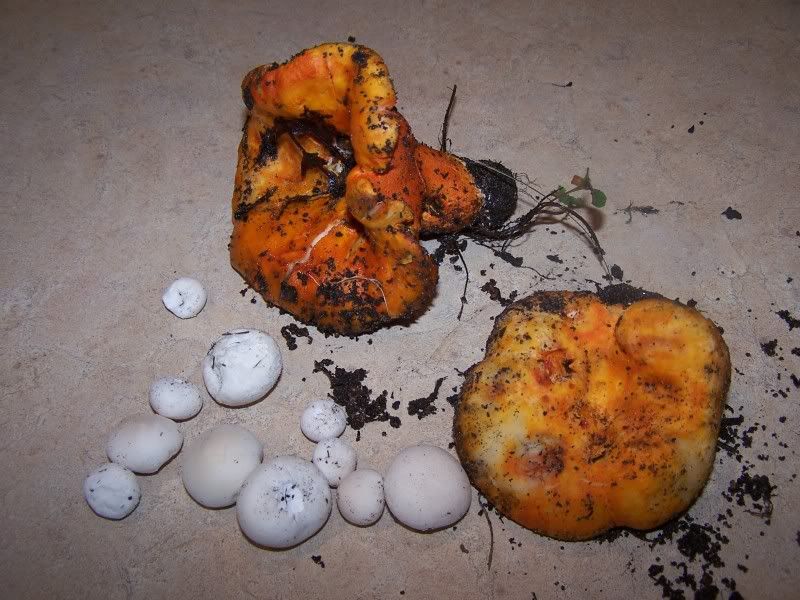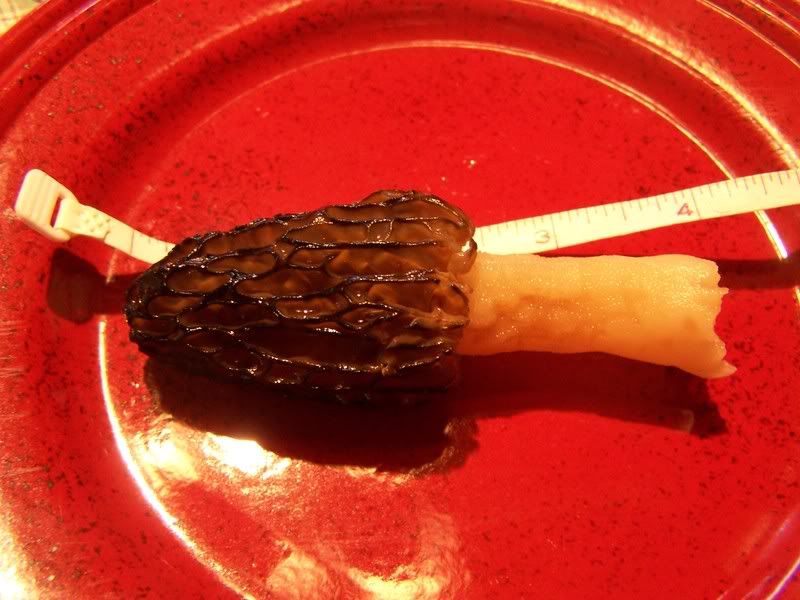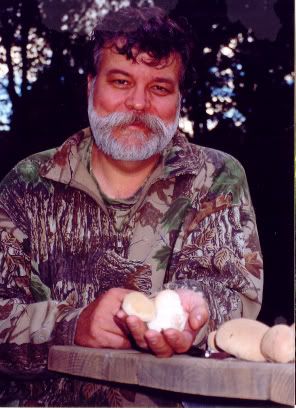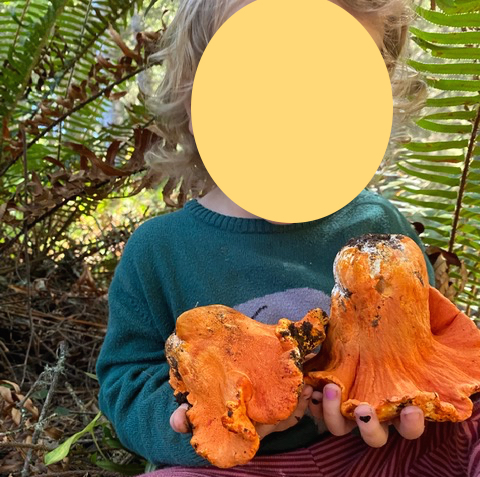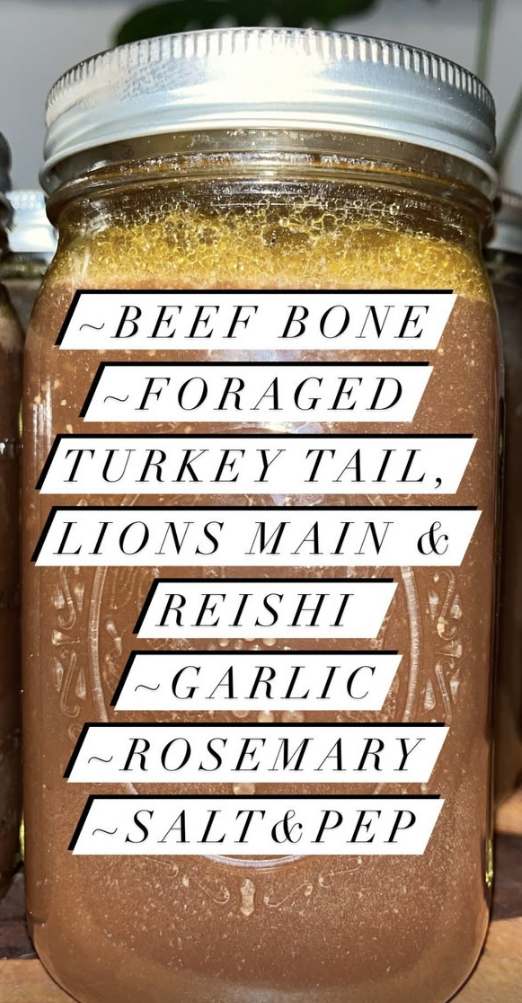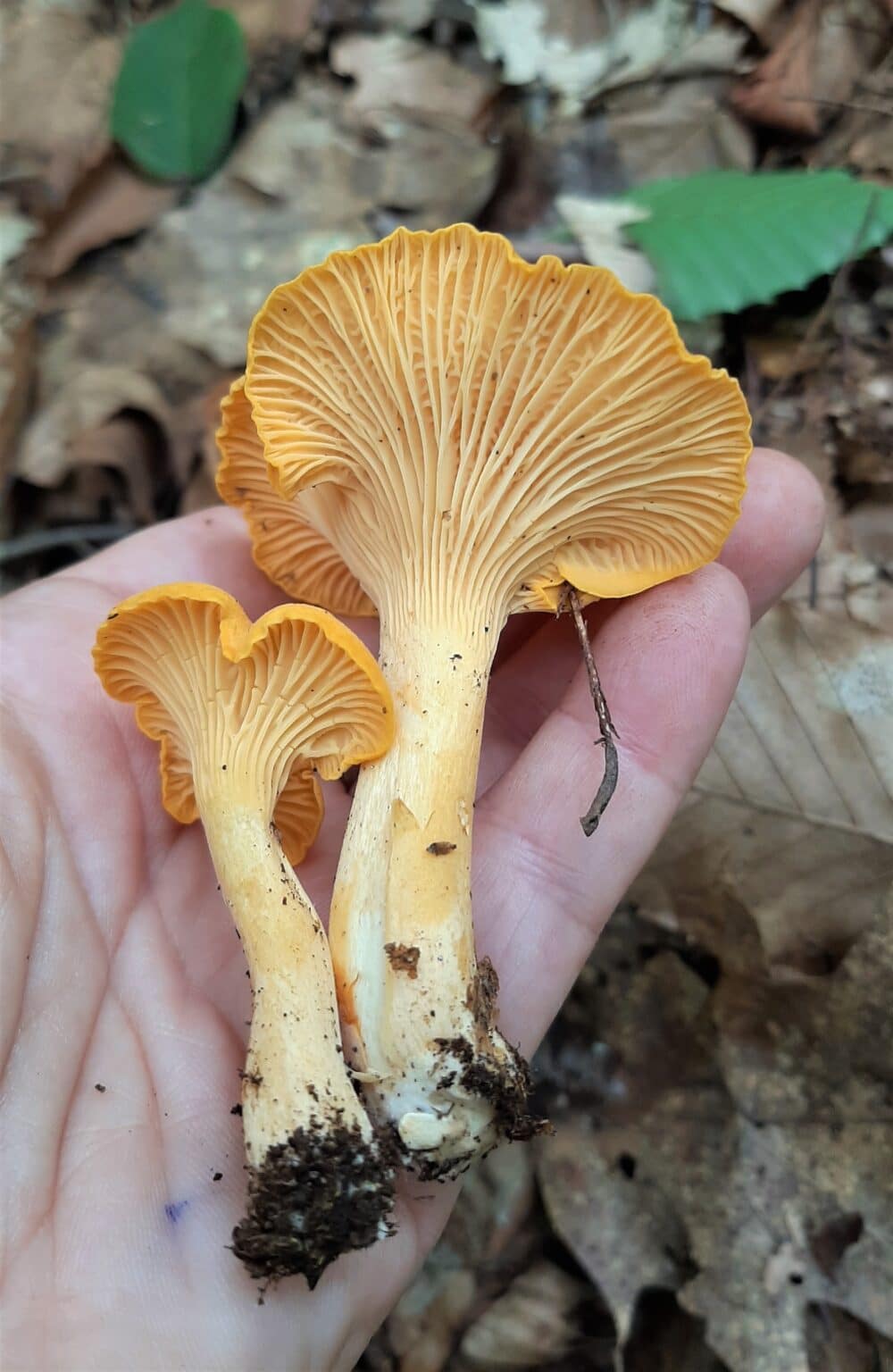- Joined
- Jun 25, 2020
- Messages
- 1,787
We've had several threads regarding wild edibles. Consequently, I would like to share some photos of the common edible and delicious mushrooms we collect in our area. It goes without saying that collecting and eating wild mushrooms can be somewhat dangerous if you are not familiar with the species that you are collecting. Because of this, we collect mushrooms that are pretty much unmistakable when it comes to their ID. In other words, there are not any other mushrooms that look similar to the ones we harvest - at least in our area. As always, before you venture out on a mushroom hunt, prepare yourself first with some instruction from a knowledgeable, experienced guide or by taking an identification class. Lastly, a good mushroom ID handbook in invaluable. The handbook we use is the National Audubon Society Field Guide to North American Mushrooms. (All photos are ours)
Oyster mushroom (Pleurotus ostreatus)
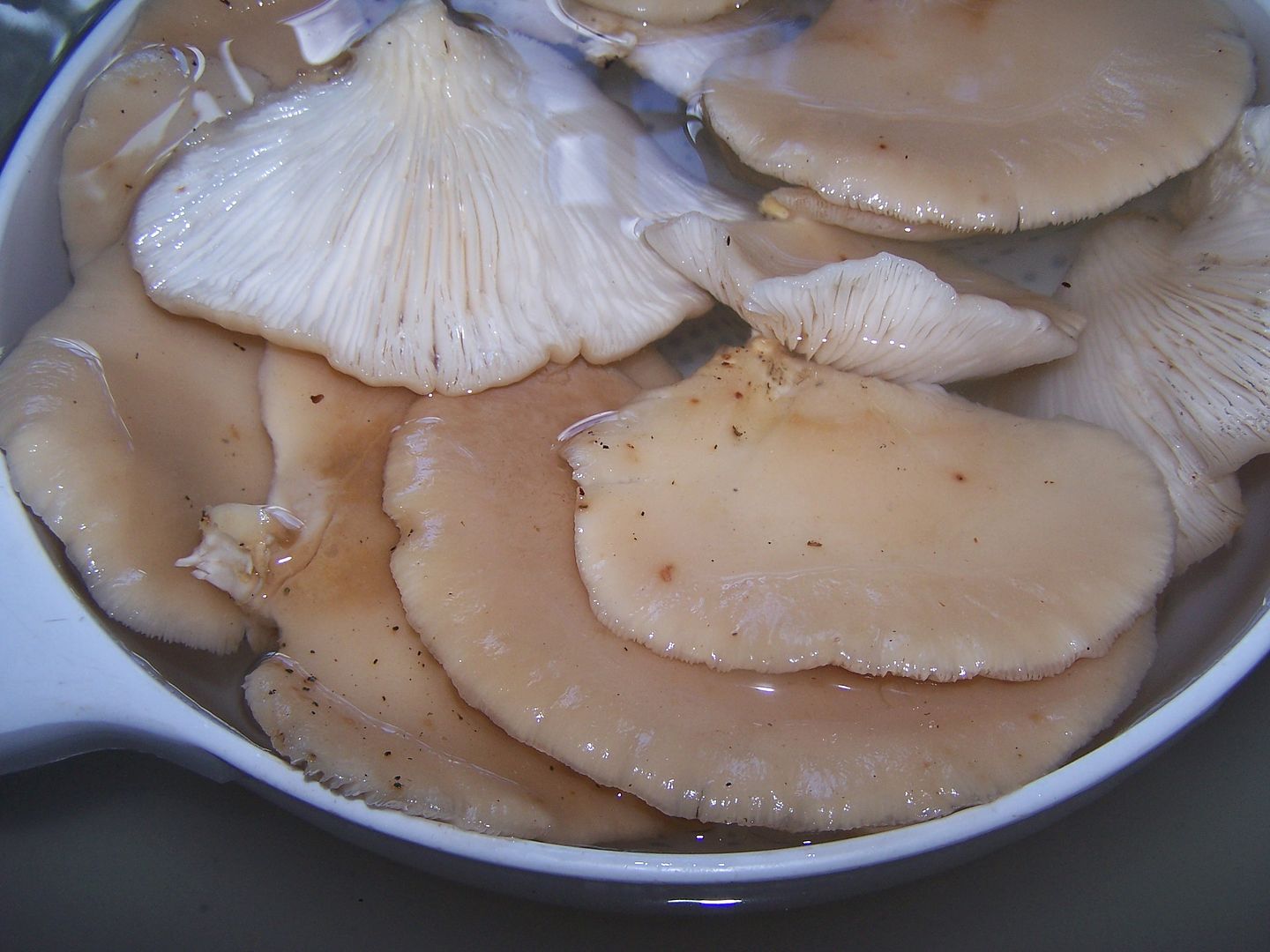

Blue milk mushroom (Lactarius indigo)
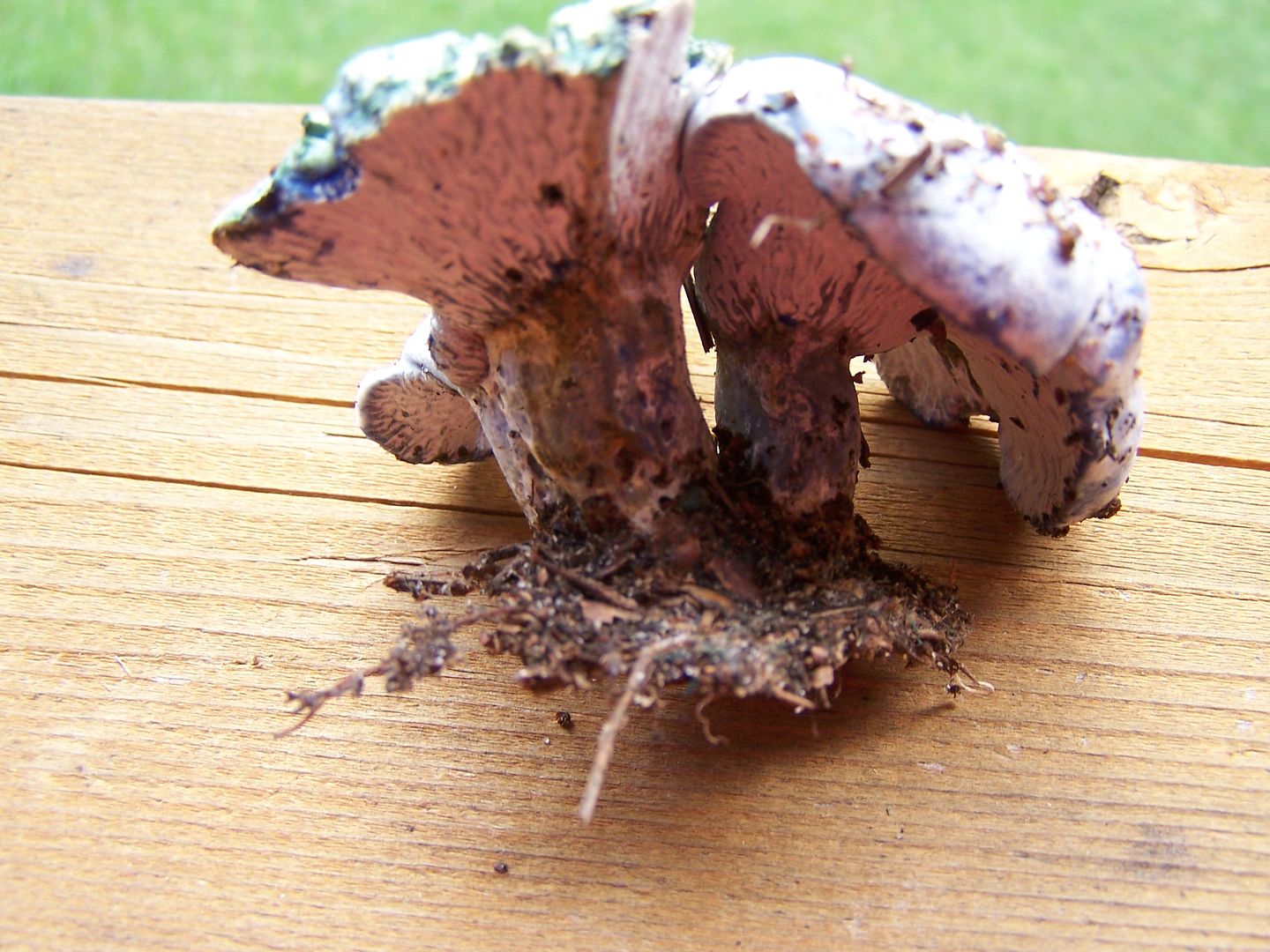

Old Man of the Woods (Strobilomyces floccopus)
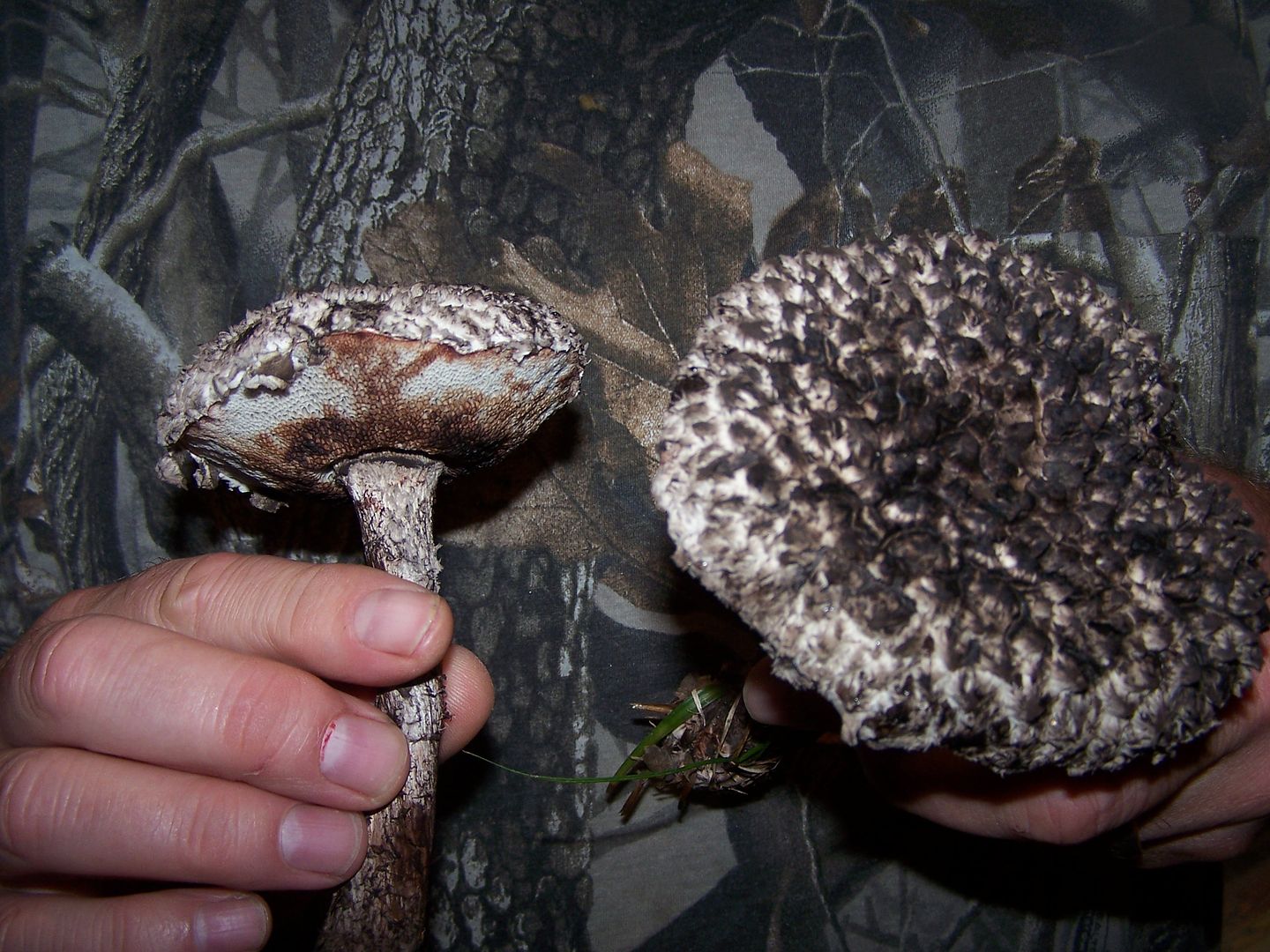
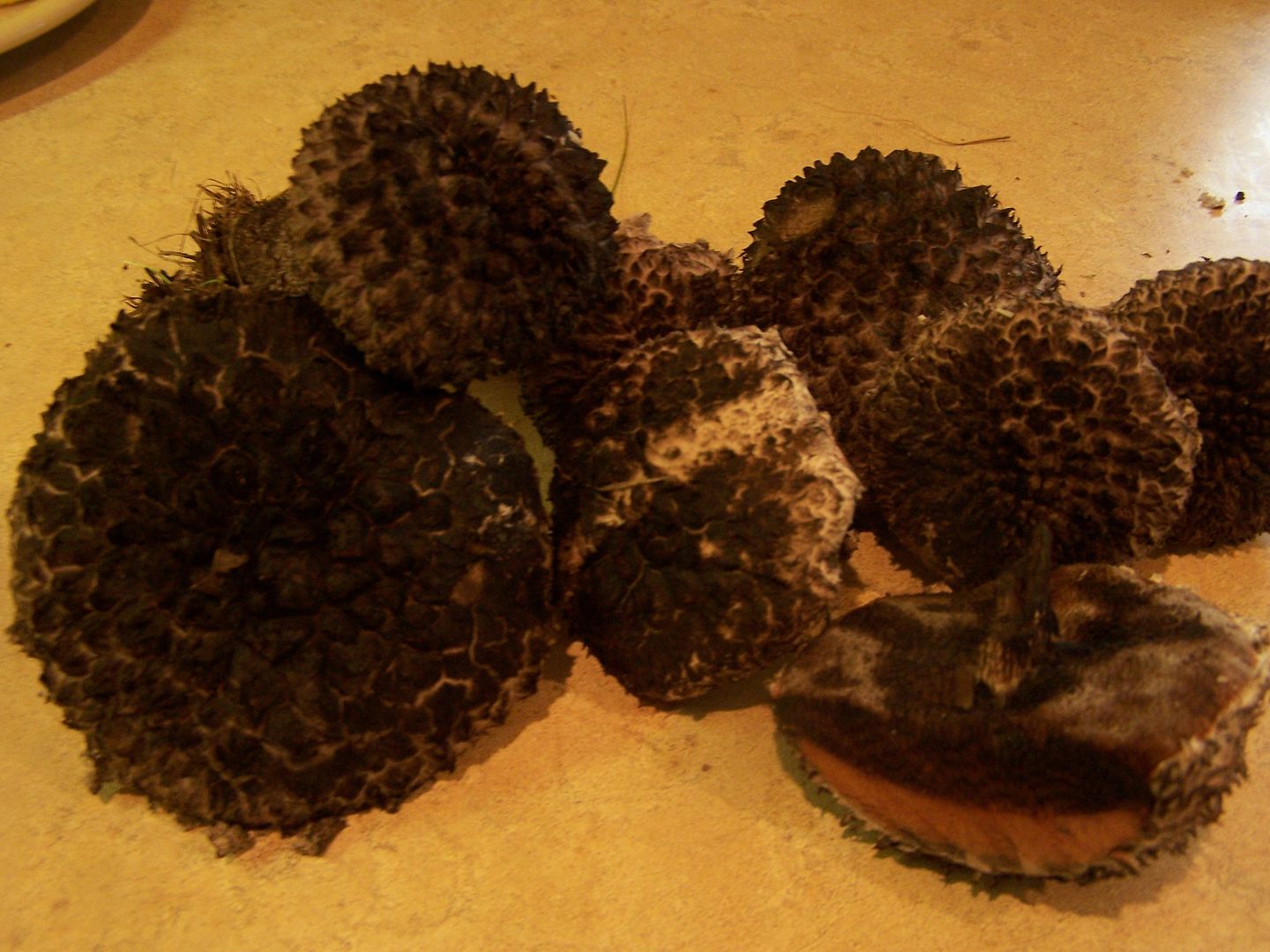
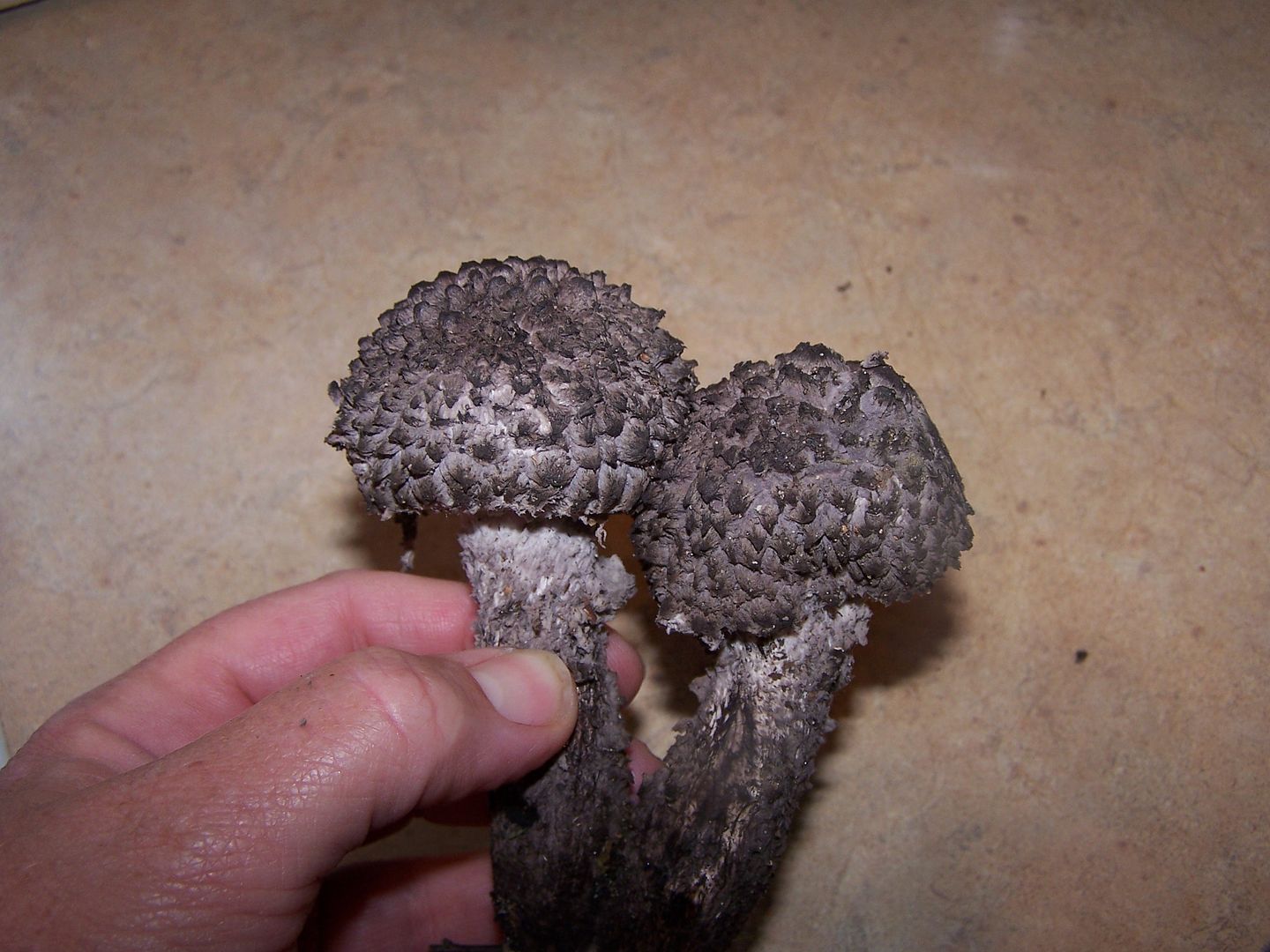
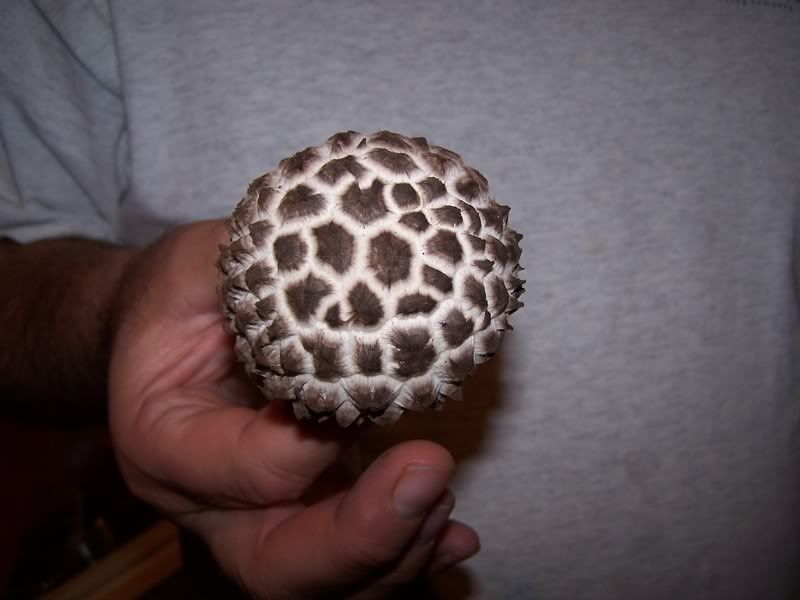
Chicken of the Forest mushroom or sulfur shelf (Laetiporus sulphureus)
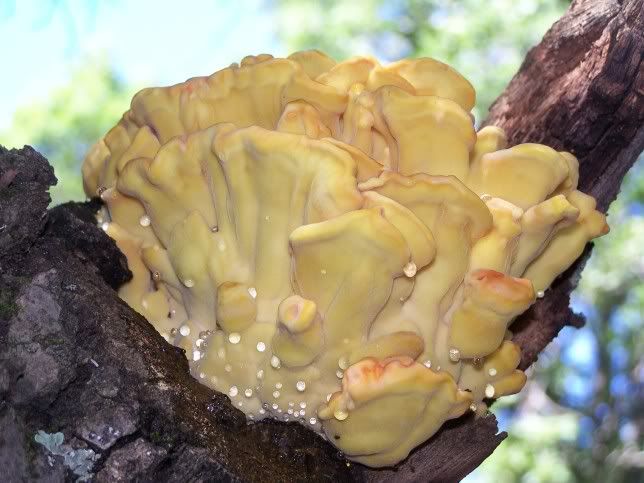

Oyster mushroom (Pleurotus ostreatus)


Blue milk mushroom (Lactarius indigo)


Old Man of the Woods (Strobilomyces floccopus)




Chicken of the Forest mushroom or sulfur shelf (Laetiporus sulphureus)


Last edited:





